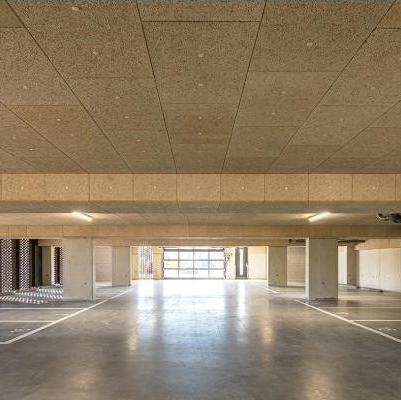A blog written by Steven Heath, Technical and Strategy Director at Knauf Insulation…
The Government has passed the world’s most ambitious targets to bring UK greenhouse gas emissions to net zero by 2050.
As well as the planned changes to Part L and the introduction of the Future Homes Standard, there are already regulations designed to make the built environment more energy-efficient, such as the Minimum Energy Efficiency Standards (MEES) introduced in April 2018.
MEES prevents landlords from granting or renewing a lease if the property has an Energy Performance Certificate (EPC) rating below E. This will be extended in April 2020 to cover all domestic rented properties, and again in 2023, for all commercial properties.
When the legislation was first introduced, landlords were able to opt out of MEES if the improvements were deemed too expensive. It has been reported that in practice some landlords simply declared their property exempt if they were unable to obtain grants for the improvements. The Government tightened this loophole in April 2019 and landlords are now only able to claim exemption if improvements will cost in excess of £3,500.
As well as a possible £5,000 fine for non-compliance with MEES, there is another incentive for landlords to increase energy efficiency – the banking sector will no longer provide buy-to-let mortgages on individual properties and property portfolios that do not meet MEES requirements. This could leave landlords with high interest rates and no tenants to pay the mortgage.
It is estimated that around 20% of commercial real estate will fail to meet the required standard, so landlords need to act now to ensure their properties continue to deliver a financial return. However, according to a survey by energy supplier E.ON, nearly half of landlords (49%) do not feel they have adequate information about how to effectively improve the energy efficiency of their properties.
It’s good news then to see Lloyds Banking Group proactively addressing these concerns. In July 2019, the bank announced it will be launching a new sustainability calculator app. This is designed to allow its clients to calculate the impact of energy saving initiatives such as insulation, on the EPC ratings of each of their properties.
However, landlords shouldn’t look on such improvements as a burden; there is evidence that improving a property’s EPC rating will deliver a return on investment.
In a recent blog, Bank of England staff wrote that homeowners living in energy-efficient homes were less likely to default on their mortgages. As we reported, Barclays reflected this reduced risk with the launch of its first green mortgage last year.
So, it stands to reason that tenants living in more energy-efficient properties will also be at a lower risk of rent default as they are less likely to be hit by spiralling energy bills.
There are long term benefits for landlords too – the University of Cambridge has calculated that dwellings with an EPC rating of E sell for 6% more than those with a G rating, rising to 14% for those in the highest bands A and B.
For non-residential properties the returns could be even greater. There have rarely been grants or subsidies for improving the insulation of commercial real estate such as offices, retail, or industrial properties i.e. warehouses. Older properties often have no or very little insulation, so adding insulation is one of the most effective ways of improving their EPC ratings. The resulting lower heating bills and pleasant internal environments will enhance properties’ appeal to tenants as well.
Of course, if the Government is to meet its ambitious net zero target, an EPC rating of E won’t go far enough and there is already talk of raising MEES to a C. So, it makes sense for landlords to invest in those improvements that offer the biggest increases in energy efficiency now, so they can future proof their long-term investment.
View Glass Mineral Wool Insulation Product Entry

 (002)CROPV2-comp102239.png)




